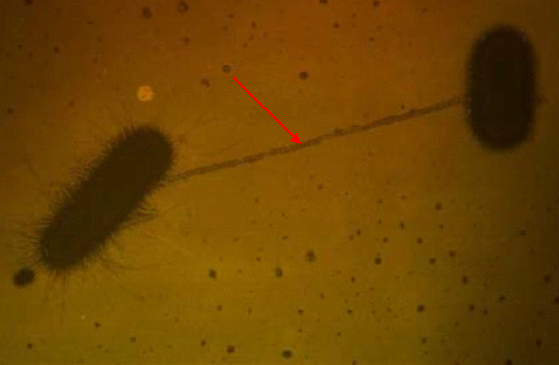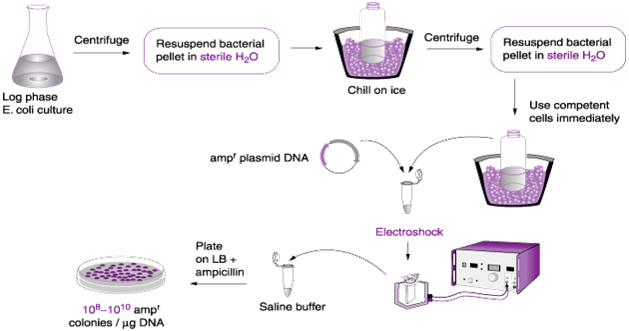Below are some of the major ways through which bacteria pass on their antibiotic […]
Tag: transformation
STEPS INVOLVED IN TRANSFORMING BACTERIAL CELLS
There are different types of steps involved in the transformation of a bacterial cell in […]
FREDERICK GRIFFITH (1879-1941)
Frederick Griffith was a British bacteriologist who performed transformation experiments that suggested that DNA was […]




